Your cart is currently empty!
Chicken Shezwan Hakka Noodles
With the purchase of this product, you will receive Required Packaging Chicken Shezwan Hakka Noodles
Description
Hakka cuisine is the cooking style of the Hakka people, and it may also be found in parts of Taiwan and in countries with significant overseas Hakka communities. There are numerous restaurants in Taiwan, Hong Kong, Indonesia, Malaysia, Singapore, India and Thailand serving Hakka cuisine. Hakka cuisine was listed in 2014 on the first Hong Kong Inventory of Intangible Cultural Heritage.
The Hakka people have a marked cuisine and style of Chinese cooking which is little known outside the Hakka home. It concentrates on the texture of food – the hallmark of Hakka cuisine. Whereas preserved meats feature in Hakka delicacy, stewed, braised, roast meats – ‘texturised’ contributions to the Hakka palate – have a central place in their repertoire. Preserved vegetables (梅菜) are commonly used for steamed and braised dishes such as steamed minced pork with preserved vegetables and braised pork with salted vegetables. In fact, the raw materials for Hakka food are no different from raw materials for any other type of regional Chinese cuisine where what is cooked depends on what is available in the market. Hakka cuisine may be described as outwardly simple but tasty. The skill in Hakka cuisine lies in the ability to cook meat thoroughly without hardening it, and to naturally bring out the proteinous flavour (umami taste) of meat.
The Hakka who settled in the harbour and port areas of Hong Kong placed great emphasis on seafood cuisine. Hakka cuisine in Hong Kong is less dominated by expensive meats; instead, emphasis is placed on an abundance of vegetables. Pragmatic and simple, Hakka cuisine is garnished lightly with sparse or little flavouring. Modern Hakka cooking in Hong Kong favours offal, an example being deep-fried intestines (炸大腸; zhá dà cháng). Others include tofu with preservatives, along with their signature dish, salt baked chicken (鹽焗雞; yán jú jī). Another specialty is the poon choi (盆菜; pén cài). While it may be difficult to prove these were the actual diets of the old Hakka community, it is at present a commonly accepted view. The above dishes and their variations are in fact found and consumed throughout China, including Guangdong Province, and are not particularly unique or confined to the Hakka population.
Besides meat as source of protein, there is a unique vegan dish called lei cha (擂茶; léi chá). It comprises combinations of vegetables and beans. Although not specifically unique for all Hakka people but are definitely famous among the Hakka-Hopo families. This vegetable-based rice tea dish is gaining momentum in some multicultural countries like Malaysia. Cooking of this dish requires the help from other family members to complete all eight combinations. It helps foster the relationship between family members in return.
Steamed bun (茶果) is a popular snack for Hakka people. It is mainly made from glutinous rice and is available in sweet or salty options. Sweet version consists of sweetened black-eyed pea pastes or peanuts. Salty version consists of preserved radish.
Additional information
| Weight | 0.5 kg |
|---|
Our Featured products

Sides at KFC Bird Rock
$7 – $22
Our latest blog

10 Must-Know Cultural Customs Before Moving to Saint Kitts

How to Work in Saint Kitts and Nevis: Jobs, Opportunities & Work Visa Guide

Average Monthly Salaries by Profession in St. Kitts and Nevis (2025)

Flow St. Kitts: Your Gateway to Seamless Connectivity

Digicel St. Kitts: Connecting the Nation with Cutting-Edge Telecommunications Services
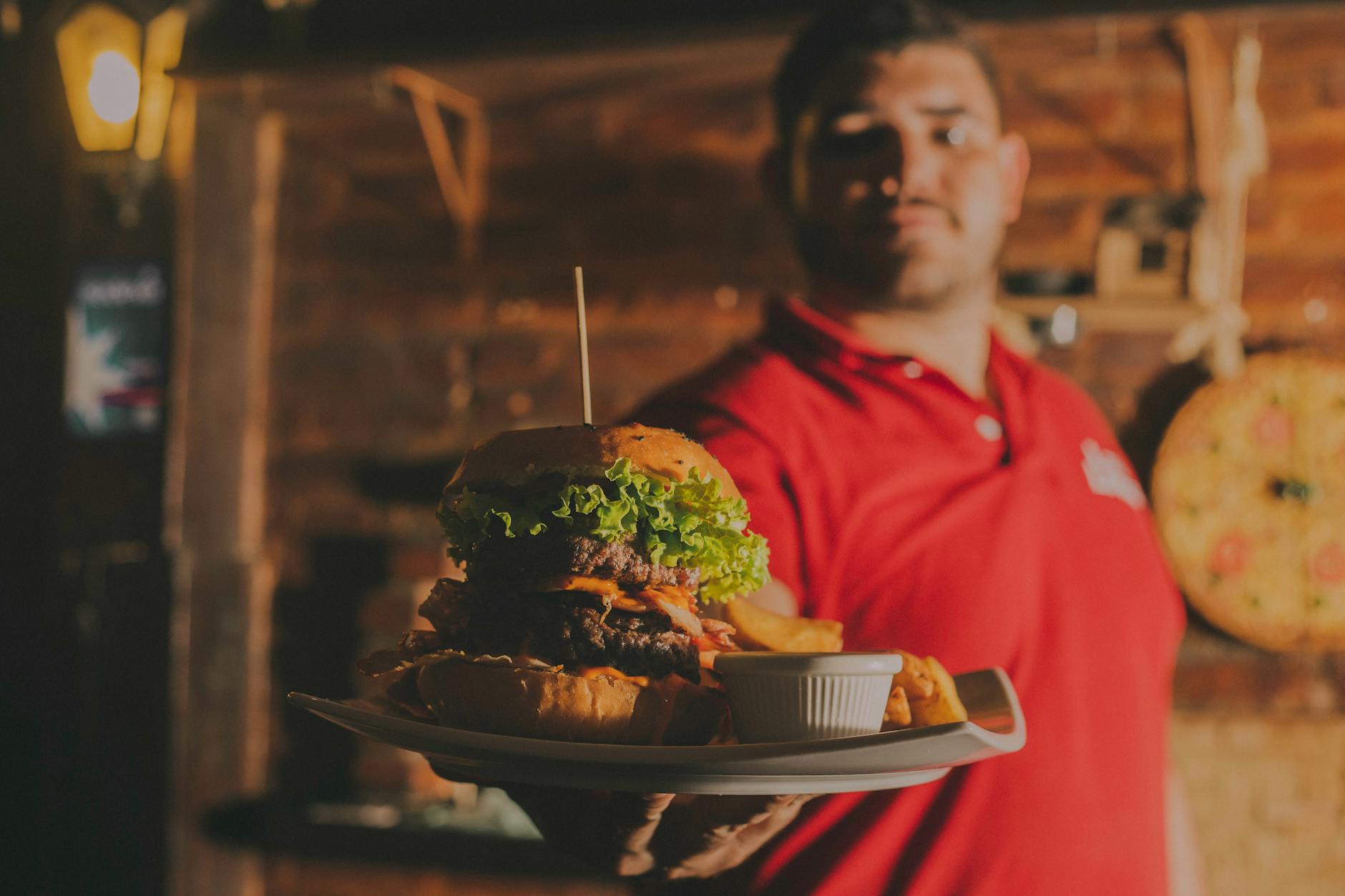
CaribeEats SKN: The Ultimate Food Delivery Service in St. Kitts

869ToGo.com – The Best Online Food Ordering and Delivery Service in St. Kitts

Cost of Living in St. Kitts and Nevis: A Detailed Breakdown for 2025

Saint Peter Basseterre: The Heart of Nature and Industry
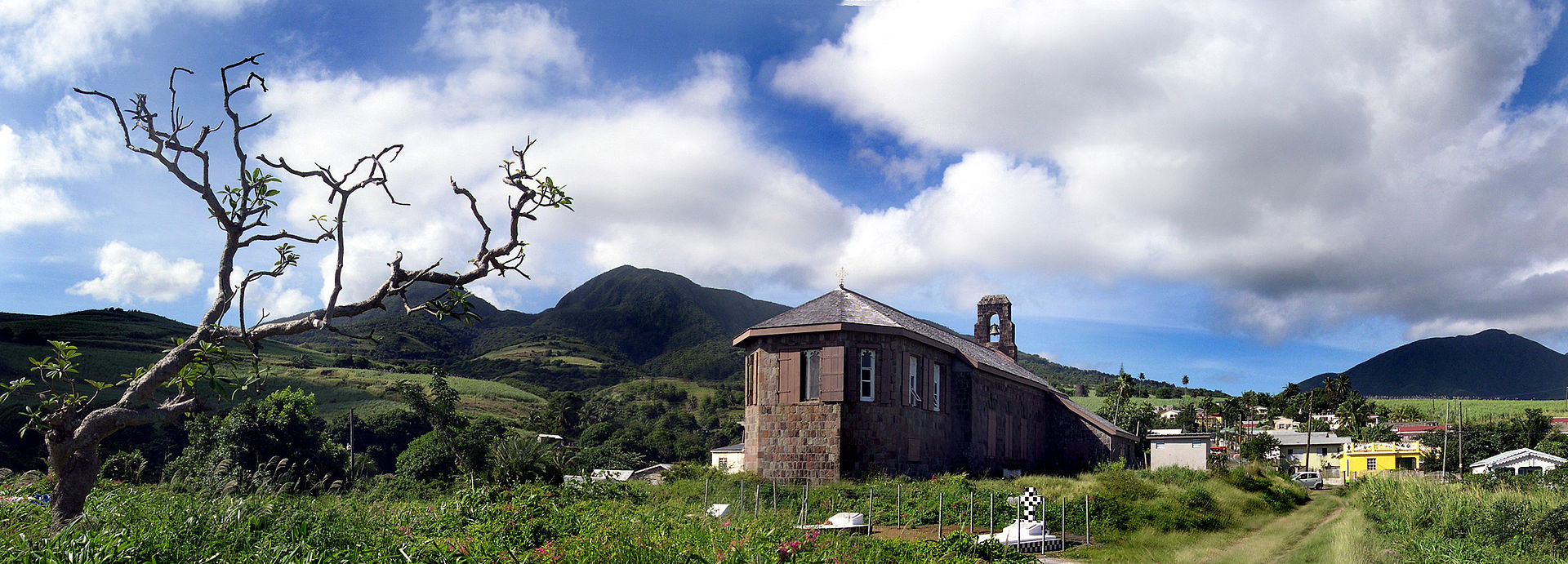
Discover Saint Mary Cayon: A Hidden Gem in Saint Kitts









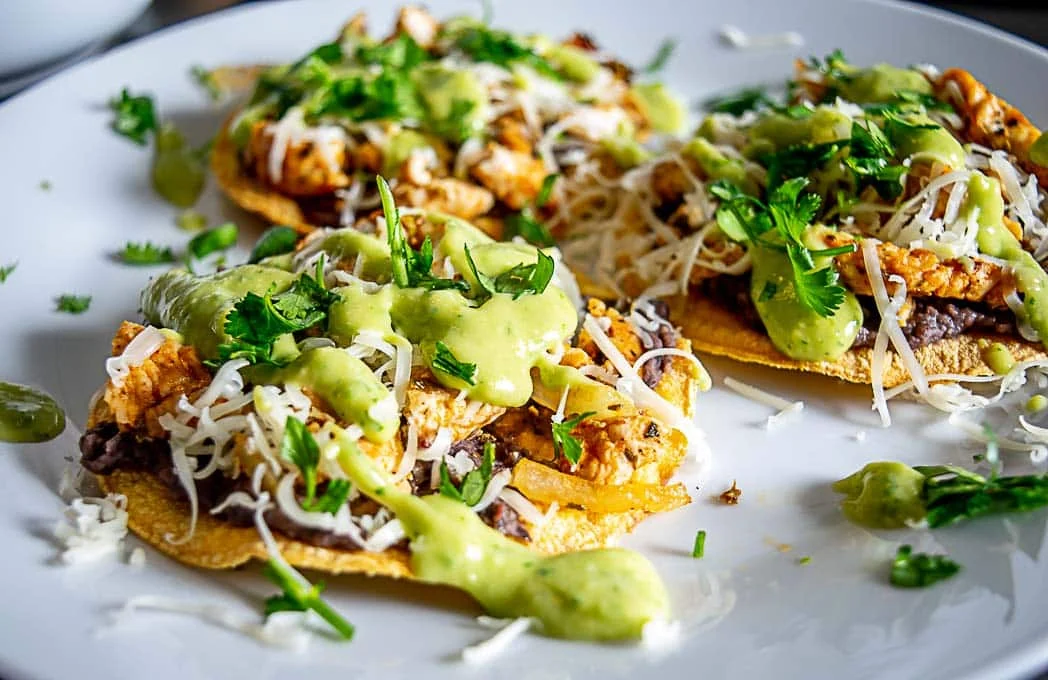
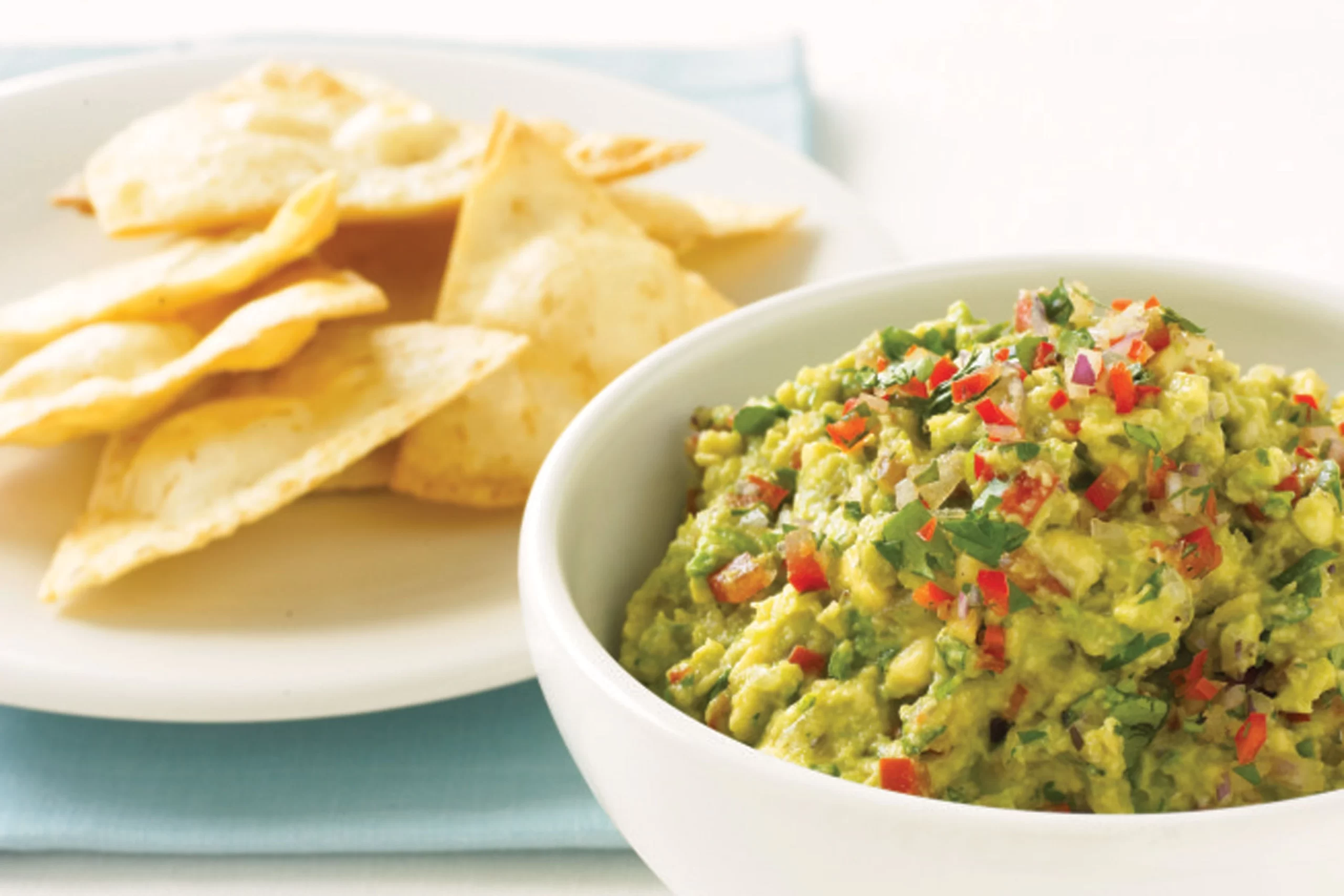
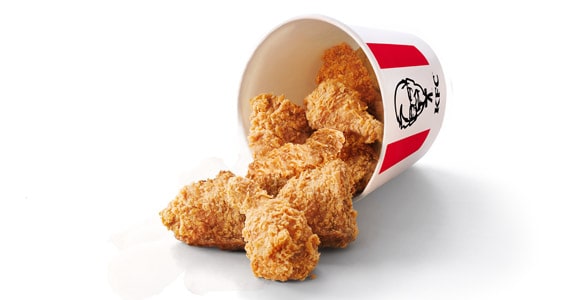

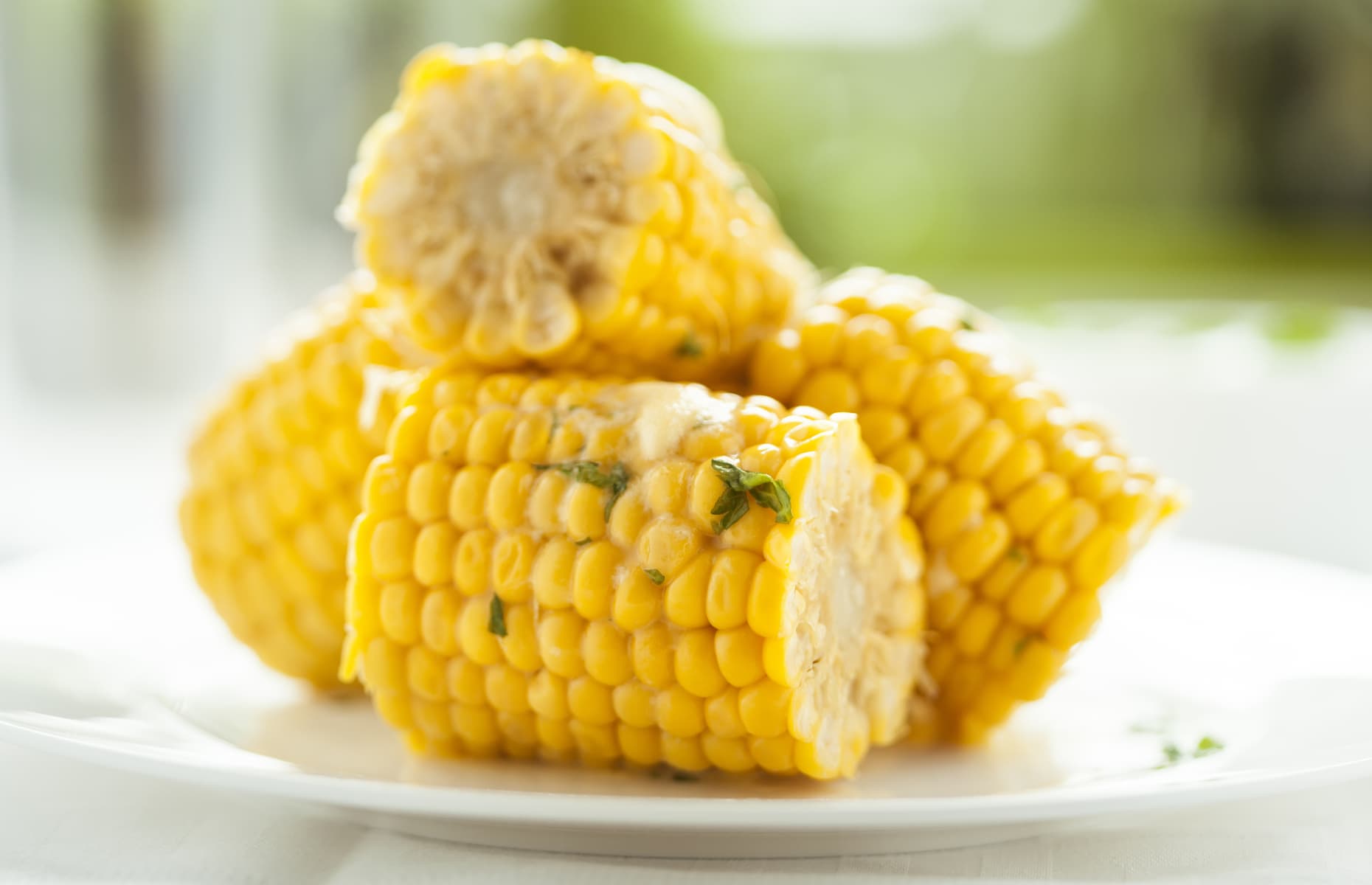




Reviews
There are no reviews yet.